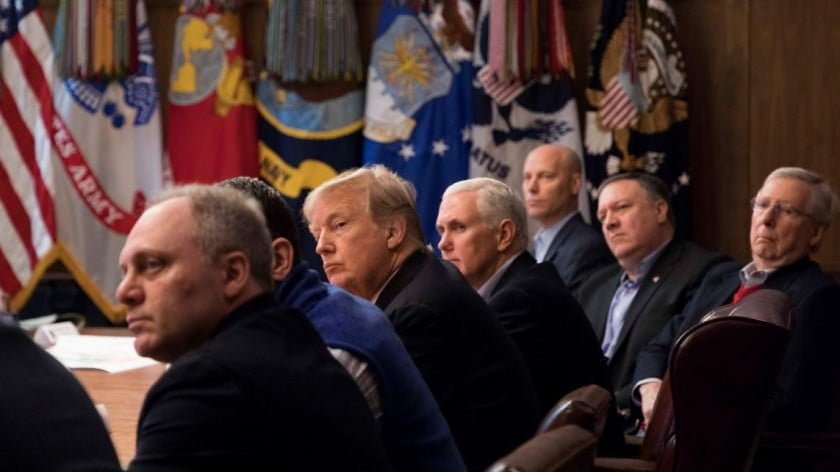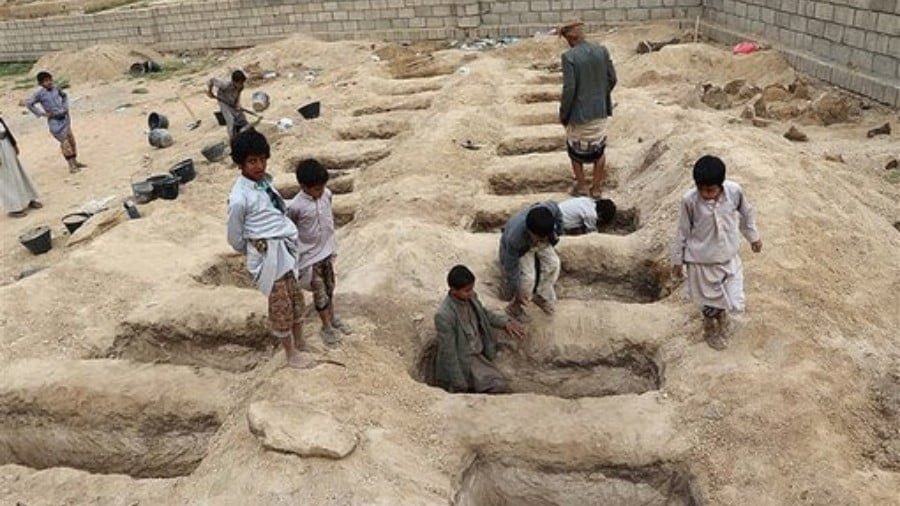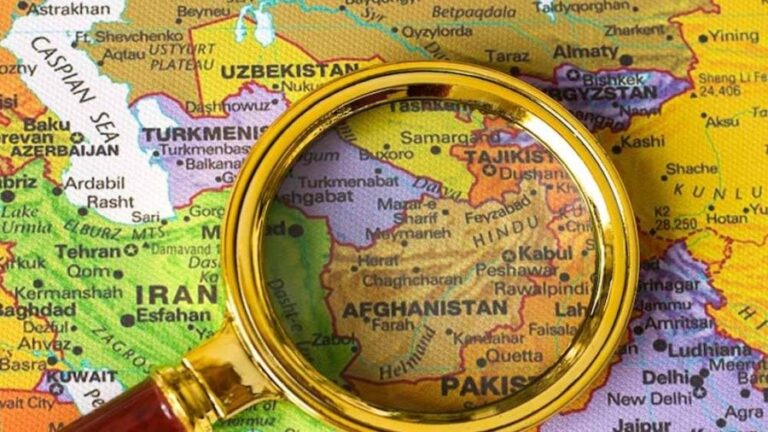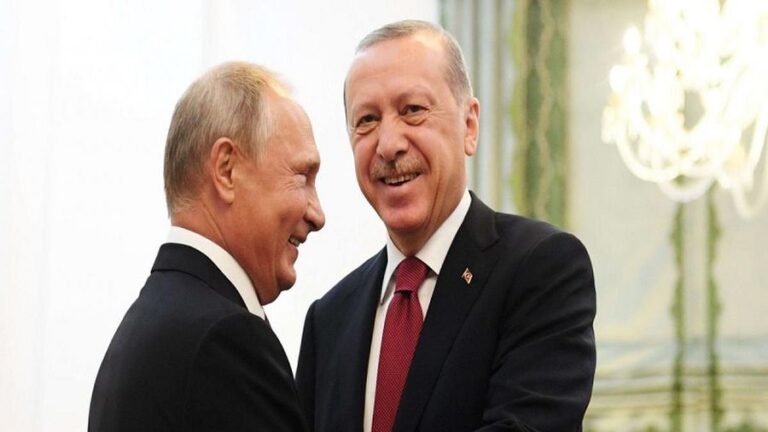Is Trump Starting His Own War, Finally?
At the end of last year, on December 5, Baghdad was the venue of an intriguing conference when the recently established NATO Mission in Iraq (NMI) conducted an “Introduction Event” at the Iraqi Ministry of Defence. According to the press release issued by the NATO’s Allied Joint Force Command in Naples, the conference was attended by “key leaders from across the Iraqi Security and Defence sector, including the Iraqi Chief of Staff, General Othman Al-Ghanimi” and by representatives coming from various international partner missions, organizations and entities such as the Combined Joint Task Force Operation Inherent Resolve, the European Union Advise Mission in Iraq, the United Nations Assistance Mission Iraq, and the Office of Security Cooperation-Iraq and Diplomatic Missions.
The NMI Commander, Canadian Army Major General Dany Fortin, introduced the mission’s mandate, vision and aim as a “new iteration of a long-standing relationship” between NATO and Iraq, one that will bring together “expertise and best practice in security/defence sector reform, institution building and training and education from the entire Alliance and its partners.”
After a series of presentations and a Q&A session, the Iraqi army chief General Othman Al-Ghanimi concluded with a clear endorsement of NMI and stressed the importance of a long-term cooperation between the Republic of Iraq and the NATO Mission.
That event took place just a fortnight before the US President Donald Trump made his dramatic announcement on the withdrawal of American troops from Syria. Exactly three weeks after the NMI appeared in Baghdad, Trump proceeded to make a “surprise visit” to al-Asad Air Base, situated in western Iraq between Baghdad and the Syrian border, which was also highly symbolic, being his first trip to troops stationed in a combat zone.
Of course, the most important remark made by Trump during the visit was that he has no plans to withdraw American forces from Iraq. He added, “In fact, we could use this (Iraq) as the base if we wanted to do something in Syria.”
That these three developments through December are inter-related is not yet sinking in among analysts who are caught up in the cacophony of Trump’s withdrawal decision from Syria and the subsequent shifting US statements, especially the combustive remark by National Security Advisor John Bolton ostensibly rolling back the POTUS’ decision, which he made while on a visit to Israel.
The NMI is a potent vehicle for the US’ regional strategies. But first and foremost, the NMI is important for transatlantic relations. It addresses one of the main causes of tension between the US and Europe since the very inception of NATO – the alliance’s engagement in the Middle East. Historically, the Alliance’s command structure and military capabilities were developed to ensure effective deterrence of the former Soviet Union. The European states feared that NATO involvement in the Middle East would have negative consequences for security in Europe. This led to the development of flexible mechanisms in the post-Cold War era that support so-called out-of-area operations that rely on European structures, “coalitions of the willing”, and cooperation with partner countries. Yet, the European countries’ efforts were scattered, and were often overlooked by the US, leading to greater pressure on NATO involvement.
The NMI, on the contrary, is a full-bodied mission, similar to the Resolute Support Mission in Afghanistan in some ways but actually much more than that potentially. To an extent, NMI also may lead to a more even distribution of security-related costs between the European members of the alliance and the US. This is indeed a particularly important consideration for Trump. Since 2014, NATO allies are expected to increase their national defence budgets to at least 2% of GDP by 2024 but only half are projected to meet the target. Meanwhile, US has significantly stepped up its spending to strengthen its military presence in Europe – from $1 billion in 2015 to a planned $6.5 billion in 2019. The NMI means more support from the US’ allies to stabilize the situation in the Middle East (which impacts Europe’s security, too.)
Above all, although some NATO members perceive terrorism and uncontrolled migration as major threats, one of the principal objectives of the NMI – from the US perspective, most certainly – will be to provide a platform for building consensus within the western alliance on further adaptation to the foreign and security policy challenges emanating from Russia. Indeed, from 2014, NATO has set up a hub at its Naples headquarters to coordinate regional activities crucial for maintaining security in its southern operation area (which includes the Mediterranean and the Middle East, although this hub has not been operational for lack of necessary personnel). Prima facie, the NMI may be presented as additional support for the fight against terrorism and uncontrolled migration so as to avoid divergent opinions within the alliance regarding its raison d’etre, and instead to strengthen political cohesion amongst members who would have different threat perceptions.
There is a saying that every US president in modern times has started a war. (Actually, out of 12 Republican presidents in the 20th century, only Warren Harding and Gerald Ford were the only two noble exceptions who managed to stay away from initiating military aggression.) Does the NMI become the harbinger of a war that Trump is starting?
Indeed, this is what makes Trump’s recent visit to Iraq in the backdrop of the NMI rather strange. The Iraqi Prime Minister Adil Abdul-Mahdi said he was informed about Trump’s impending visit in the morning and set out two conditions. “First, he (Trump) shall land on Iraqi land and be given an Iraqi reception like any other foreign official. Second, there shall be an agenda with specific matters and a short meeting.” The Americans initially agreed to the terms, but later backed out. Trump arrived at al-Assad air base in the evening and stayed about three and a half hours. He had no face-to-face meeting with Iraqi officials, but held a phone call with Abdul-Mahdi.
Iran’s top general Maj. Gen. Mohammed Hossein Baqeri wasn’t far off the mark calling it a “humiliating and sneaky” trip. Interestingly, Abdul-Mahdi also corrected reports that implied Trump had visited an American military base. “There are talks about the visit of President Trump to a US base. This is wrong. There is no US base in Iraq. There are only Iraqi bases where some US and non-US soldiers are present,” he said.
Suffice to say, the current discourses regarding Trump and Syria stem from what one can only call a tunnel vision. The ‘big picture’ remains elusive unless the ramifications of the NATO Mission in Iraq are properly understood. Reports suggest that the US is stepping up deployments to Iraq. The US Secretary of State Mike Pompeo just made “surprise visits” to Erbil and Baghdad. He was plainly dismissive that “there’s no contradiction whatsoever” in the shifting US strategy on Syria. Simply put, Trump hopes to expand the scope of the Syrian war by bringing Iraq into it and drawing the western alliance system into the enterprise.
No doubt, chancelleries as far apart as Paris, Berlin and Moscow – and, most certainly, Ankara, Tel Aviv and Tehran – would be sensing that a paradigm shift is under way.
By Melkulangara Bhadrakumar
Source: Strategic Culture







